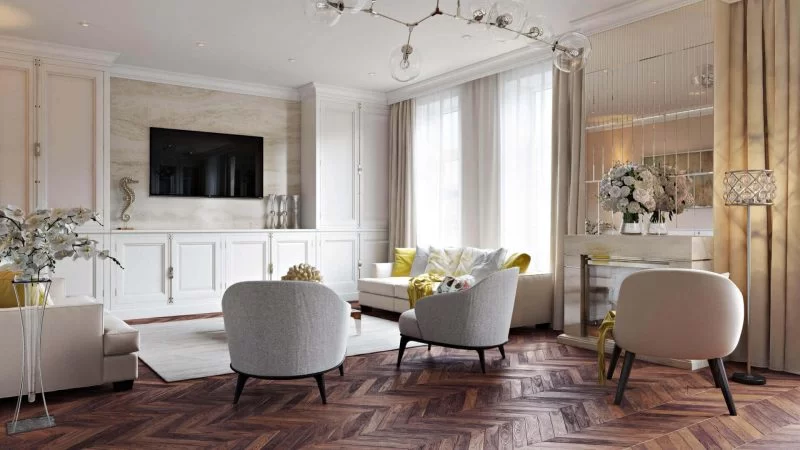

On top of that, there will also be a look at what’s coming up in week seven’s shaders. We’re also going to be changing our ARBs as Comp has decided it should be done differently, so we’re going to look at how we can automate that to make our lives a bit easier.

Due to the realities of our model we’re going to want to use referencing, so its good to get to grips with how it likes to work. Week 06:Referencing and some minor pipeline automation Week six’s big thing is working with Maya’s referencing, how it goes wrong, why it goes wrong, and how we fix it. We’re also going to be working through replicating the lighting size/positions on set, and sticking it all together with our test object & reference shot. We’re going to work through one particular process to get there, and work around one particular oversight we had on set – a good test for us. This week we’ve received the plates from Comp for each shot, and we’ve now got to grade our HDRIs to match them. Week 05:Grading our HDRI, even when we make it difficult for ourselves. After that we define the principles of our ARBs based workflow and cover how we would set that up in Nuke. We cleanup the hanger HDRI in Nuke, allowing us to make a nice diffuse convolution of the room, and then set up our environment, seeing how we would arrange two spatially aware HDRIs, one for lighting and one for reflections. Week four is all about trying to see how we would finish our look dev scene. Week 04:Convolutions and ARBs, and what they let us do. It will also come to light how handy a spreadsheet is versus a calculator, and how much this course relies on them to solve problems.
LIGHTING A ROOM IN VRAY NEXT MAYA PLUS
This week it’s our approach to the greyball (and the effect of “Canon’s look” on our reference photography), plus replacing parts of an HDRI image with CG lights to deal with those sampling issues we’re getting when combining really bright HDRIs with finalgather. Week three is mainly covering what wasn’t in week two, with week three’s original content moved back (it’ll be fine). Week 02:What we know from the set’s lighting, and creating/calibrating the HDRI environment/grey-ball/lights, giving us our look-development scene. There’s also a lighter’s tour of Nuke, as we’ll be using it quite heavily and its important you know its main functionality. Week 01:Introduction: Week one’s video is all about getting up to speed, so we’re covering the shaders, a quick brdf tour, projections and why we’re going linear with our colourspace. V-Ray was essential in making this happen.MYA214 – Maya Lighting and Rendering in Production We probably did about 3-4x more work in season eight than we did in season one, but we were able to do it in the same amount of time, with a ton more detail. “Interactive rendering with V-Ray IPR is really fast, so we were able to dial things in quickly and just keep tweaking. “Creative is king at Elastic, so we always want to keep pushing and tweaking until we get the best result possible,” said Shintani.

All of which were refined with the help of V-Ray Next’s IPR system.
LIGHTING A ROOM IN VRAY NEXT MAYA LICENSE
The new structures also gave Elastic license to do something they’d wanted to do for a long time: Add more details. So we worked backward from our smallest interior element and set the exterior scale from that.”īehind the scenes, Elastic used V-Ray for Maya to render the animations, which continued to adapt over the course of the season to reflect changes in the narrative. If we were to make the entire Red Keep a foot tall, then the Iron Throne would be the size of a pea. “Asset sizing played a huge role in this. “We wanted to avoid hiding the transitions in any way and keep the moves seamless, so when you transition from a super-wide into a tight interior, it would feel as claustrophobic as possible,” said Shintani.


 0 kommentar(er)
0 kommentar(er)
